How Much Protein is in Chicken Tenders? A Comprehensive Guide
Chicken tenders are a popular high-protein snack that can be added to many meals to make them healthier. But how much protein are those crunchy, breaded strips? The answer depends on a lot of things, like the size of the serving, how they are made, and whether they are breaded or not.
The amount of protein in chicken tenders is affected by many factors. This guide will explain these factors and help you make the healthiest choices when enjoying this tasty treat.
What are Chicken Tenders?
Chicken tenders, also sometimes called chicken strips or chicken fingers, are cut from the breast meat of the chicken. They are elongated, thin strips of meat that have been sliced lengthwise from the breast.
Chicken tenderloins, on the other hand, are a different cut of meat. They are a smaller, distinct muscle that sits underneath the main breast muscles. Both chicken tenders and tenderloins come from the same general area of the chicken, but they are technically different cuts.
For the purposes of this discussion, we will focus on the nutritional content of standard chicken tenders, which again are slices from the breast portion.
Protein Content in 3 Ounces of Chicken Tenders
A 3-ounce serving, which is about 85 grams or roughly 3-4 average sized tenders, contains approximately:
-
Unbreaded, cooked chicken tenders: 25-27g protein
-
Breaded, fried chicken tenders: 13-15g protein
There is a big difference in protein between fast food tenders that are breaded and fried and those that are baked or grilled without breading. By breading and frying the food, more carbs, fats, and sodium are added, which lowers the protein content.
A 3-ounce serving of boneless, skinless chicken breast contains about 26g of protein for comparison. So unbreaded tenders and chicken breast have very similar protein levels.
Factors That Influence Protein Content
There are a few key factors that affect the protein levels in chicken tenders:
-
Preparation Method: Fried and breaded chicken tenders contain less protein because the batter or breading displaces some of the chicken. Grilled, baked, or air-fried tenders retain the most protein.
-
Type of Breading: Different breading mixes have different amounts of carbs. Try breadings that are lighter, like those made with whole wheat flour or panko dough.
-
Portion Size: Larger servings will naturally contain more protein. A typical fast food serving may contain up to 6-8 tenders.
-
Brand: Different brands use varying recipes, so check labels for protein content per serving.
Maximizing the Protein in Chicken Tenders
Here are some tips for getting the most protein from your chicken tenders:
-
Opt for grilled, baked, or air fried tenders instead of heavily breaded fried versions
-
Choose lighter breading made from whole grains
-
Enjoy sauces and condiments in moderation as they can add excess sugars and sodium
-
Compare brands and select ones with higher protein contents
-
Stick to recommended portion sizes instead of oversized restaurant servings
-
Pair tenders with healthy sides like salads, roasted veggies, or fresh fruit
Other Nutrients in Chicken Tenders
While protein may be the most prized nutrient, chicken tenders also provide other beneficial vitamins and minerals:
-
B Vitamins – Niacin and vitamin B6 help convert food into energy.
-
Phosphorus – Supports bone health and growth.
-
Selenium – This antioxidant helps protect cells from damage.
-
Zinc – Important for immune function and wound healing.
-
Iron – Helps transport oxygen in the blood to cells.
So in addition to their high protein content, chicken tenders can be part of a balanced diet when prepared properly and enjoyed in moderation.
Healthiest Ways to Eat Chicken Tenders
Chicken tenders don’t have to be an unhealthy fast food treat. Here are some healthy ways to enjoy this high-protein food:
-
Air fry or bake from raw to avoid excess oil from frying
-
Use whole grain flour or panko breadcrumbs for lighter breading
-
Skip sugary dipping sauces and opt for mustard, bbq sauce, or Greek yogurt bases instead
-
Make them from scratch with organic chicken and clean ingredients
-
Pair with a tossed green salad and some fresh fruit on the side
While breaded and fried chicken tenders should be occasional treats, there are certainly healthier ways to satisfy a craving for this classic food. With some simple substitutions and smart sides, you can feel good about including chicken tenders in your diet.
How Much Protein Do You Need Each Day?
The recommended daily intake of protein is dependent on factors like weight, age, and activity level. Here are some general protein intake guidelines:
-
Sedentary women: 46g protein per day
-
Sedentary men: 56g protein per day
-
Active women: up to 75g protein per day
-
Active men: up to 100-150g protein per day
A 3-ounce serving of unbreaded chicken tenders contains about 25-27g of protein. So for a sedentary person, a single serving would provide over half your daily protein needs. For athletes and active individuals, multiple servings may be required to meet higher protein needs.
It’s important to note protein needs also increase with age as metabolism slows and muscle mass tends to decline. So older adults may also require higher intakes than the standard recommendation.
FAQs About Protein in Chicken Tenders
- Are chicken tenders healthier than chicken nuggets?
Chicken tenders and nuggets are fairly similar in nutritional value. Homemade tenders are often healthier as you can control breading and cooking methods. But in general, both can be enjoyed in moderation.
- Do air fried chicken tenders have more protein than fried ones?
Yes, air frying does result in higher protein levels since no oil is used. Air fried tenders also tend to use lighter breading than heavily breaded fried versions from restaurants.
- What’s healthier, chicken wings or chicken tenders?
Tenders and wings can both be healthy options. Wings, especially baked versions without breading or sauce, tend to contain slightly more protein. But tenders are more convenient and versatile. For health, watch out for excessive breading, frying, and dipping sauces.
- How long do cooked chicken tenders last in the fridge?
Cooked tenders will keep 3-4 days refrigerated. Freeze for longer term storage. Reheat fully until steaming hot, at least 165°F internal temperature.
- Can you bake frozen chicken tenders without thawing?
Yes, frozen tenders can go straight from freezer to oven by adding a few extra minutes to the cook time, around 15-25 minutes at 400°F depending on amount. Turn halfway through for even baking.
The Takeaway on Chicken Tender Protein
Chicken tenders can be a delicious high-protein food option when prepared with care. Aim for grilled, baked or air fried over heavily breaded fried for maximum nutrition. Compare brands and opt for organic when possible. Enjoy as part of an overall balanced diet that also includes veggies, fruits, whole grains and healthy fats. With some smart choices, chicken tenders can provide plenty of protein you need each day without weighing down your diet.
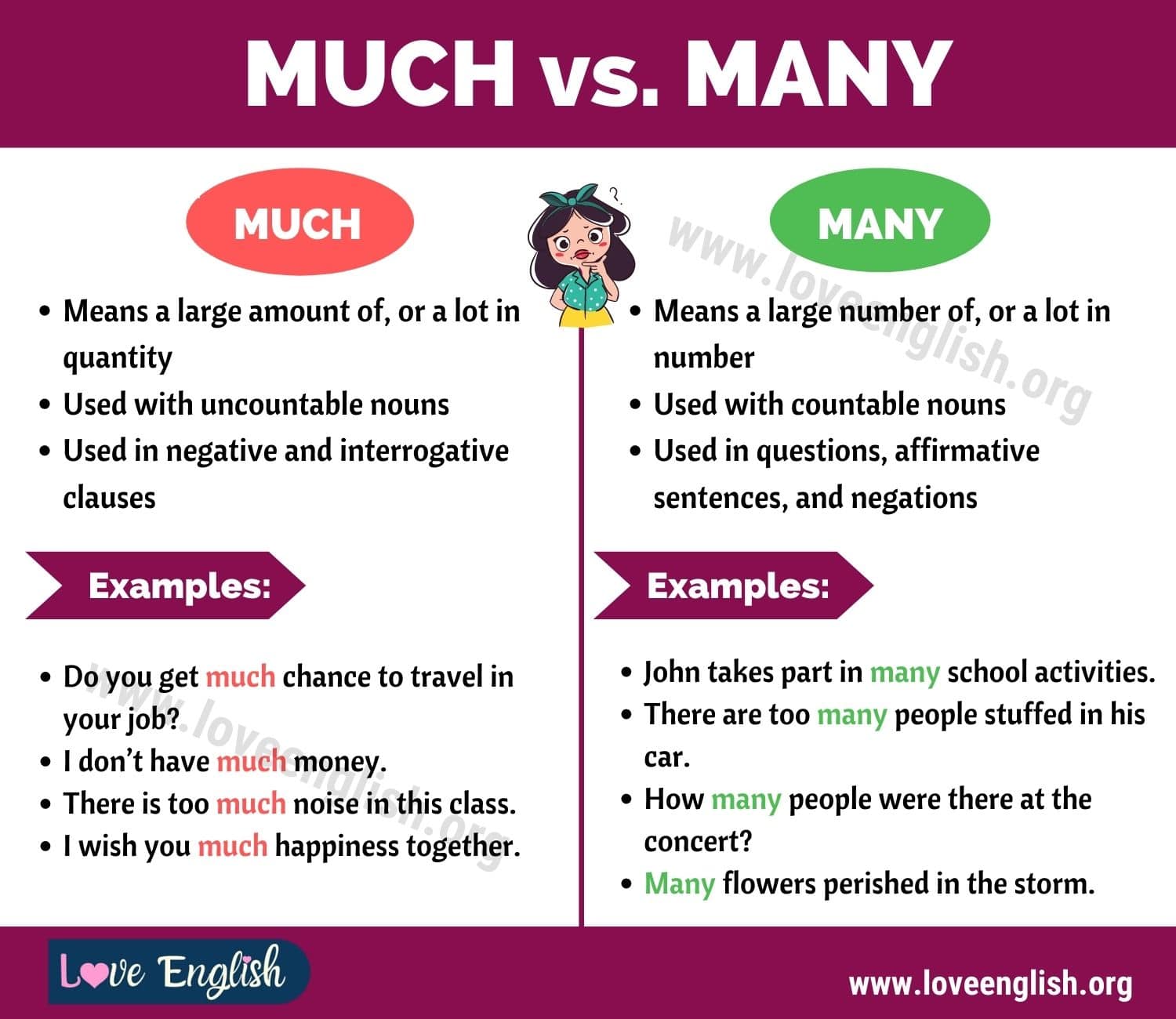
Honey Roasted BBQ Sauce
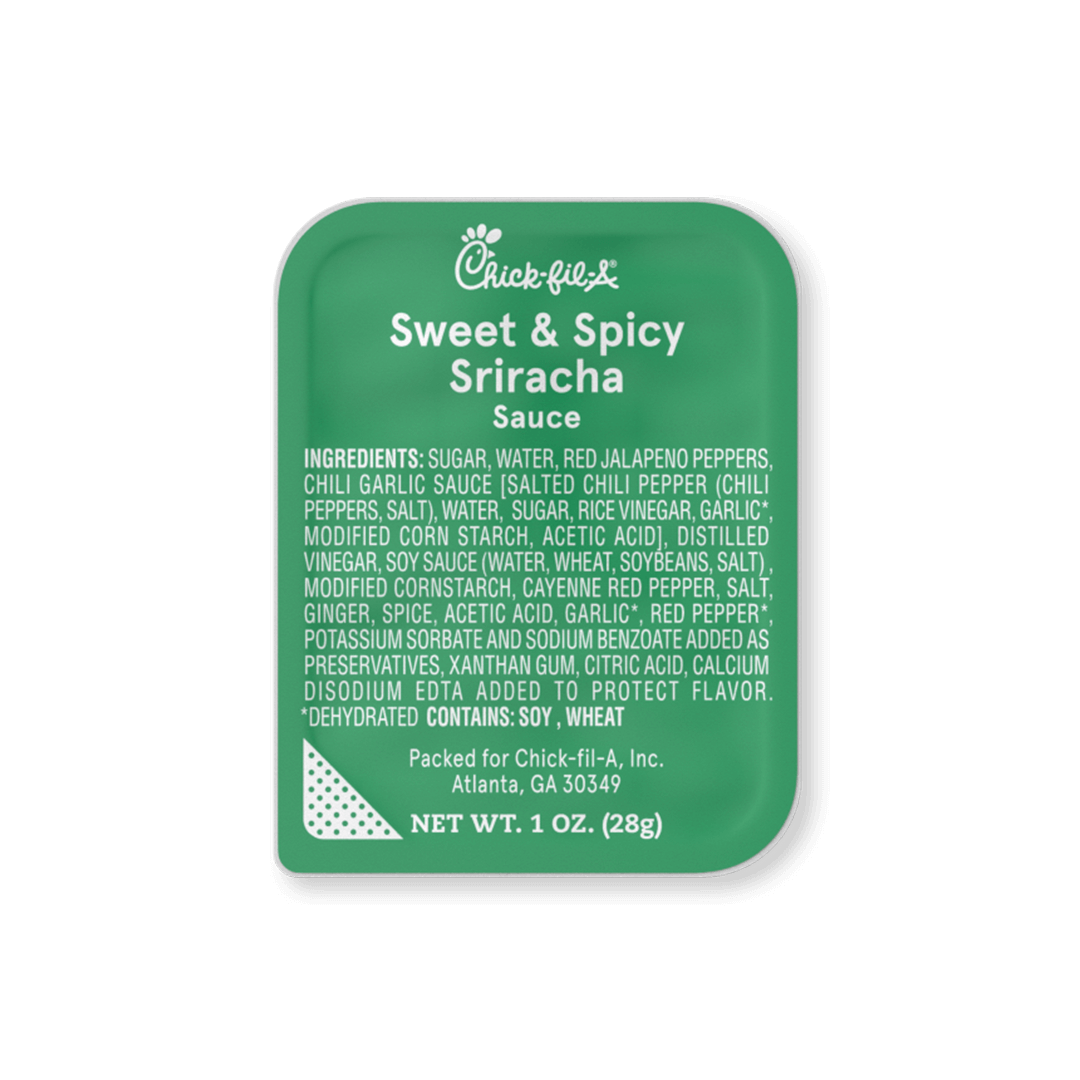
Garden Herb Ranch Sauce
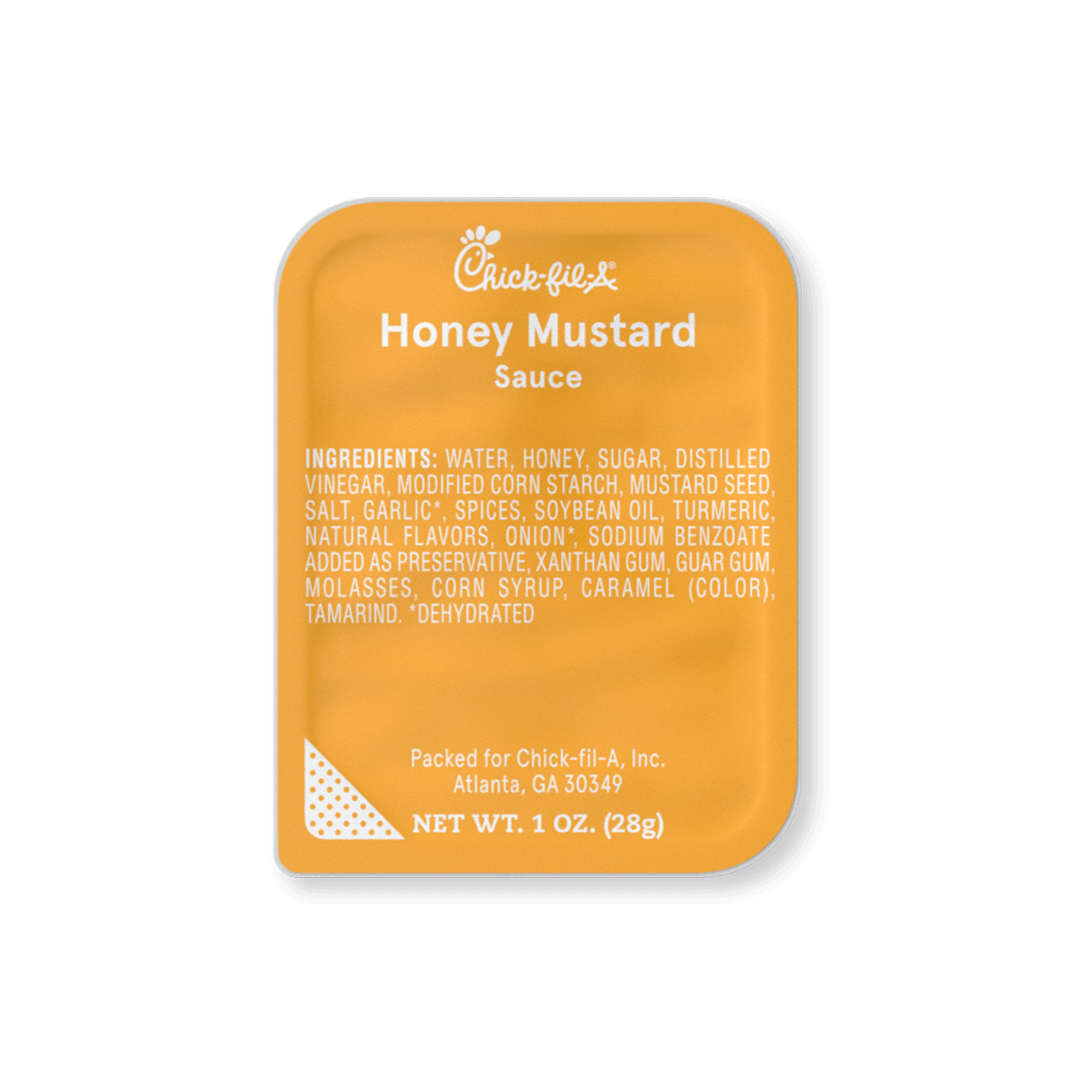
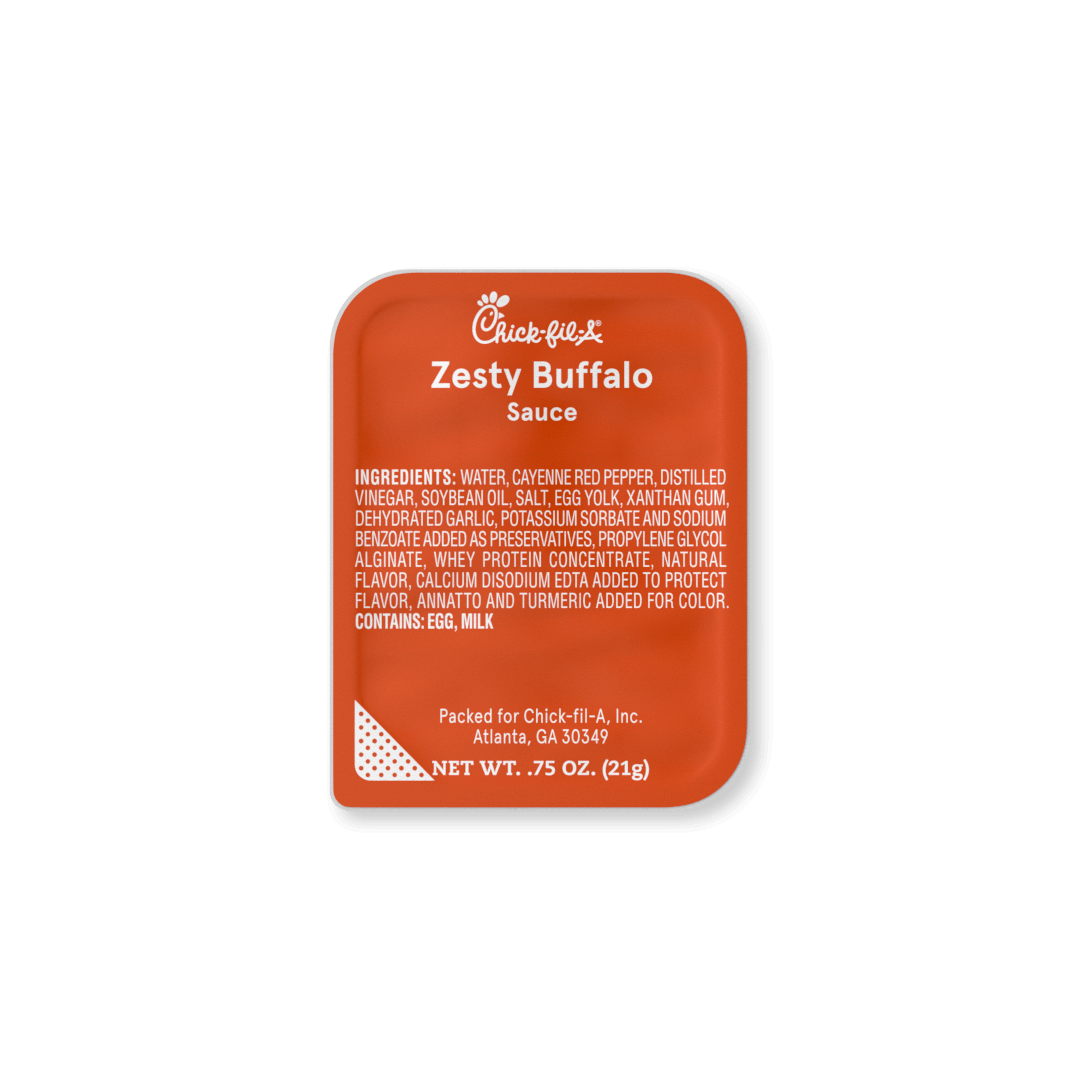
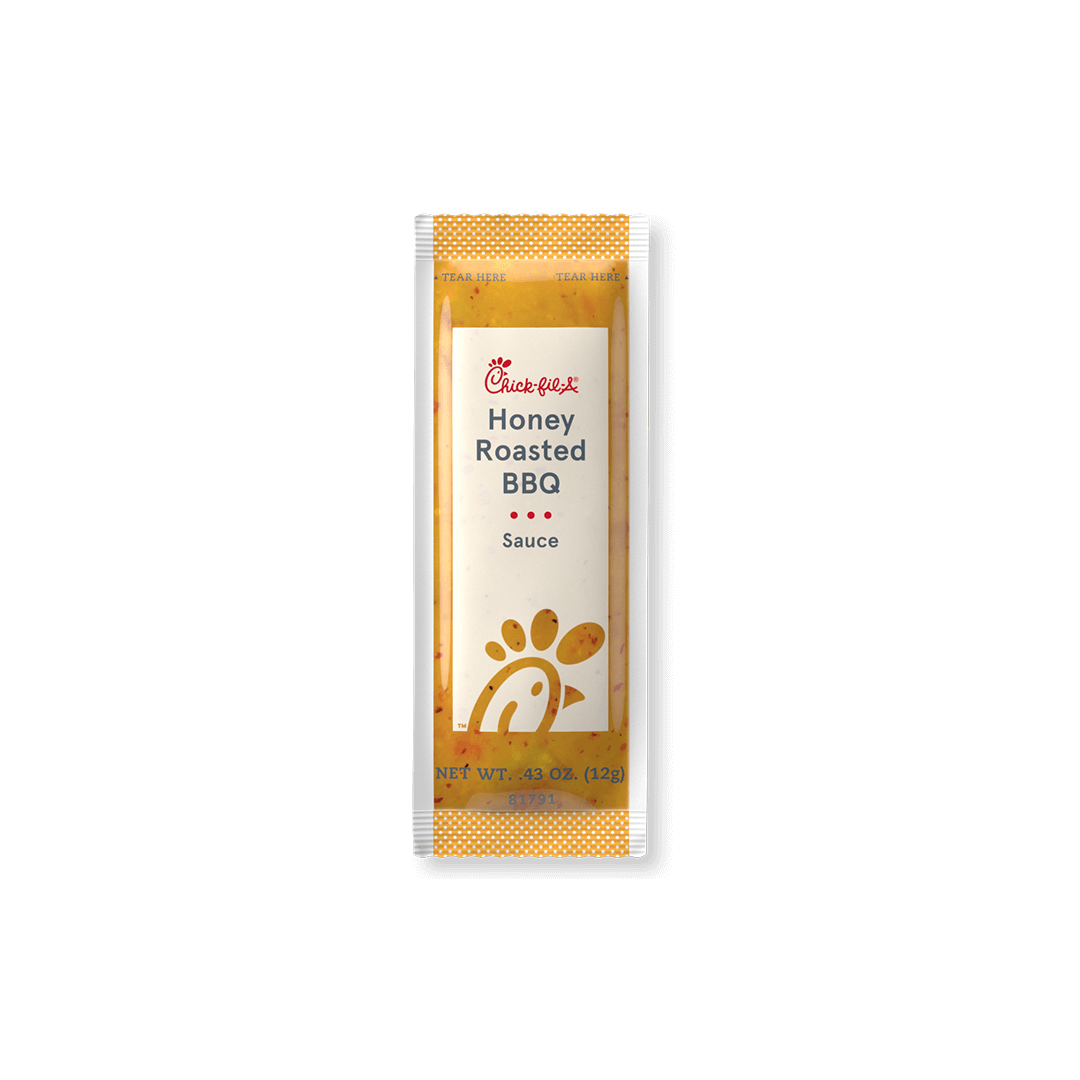
518 Cal Chicken Tenders & Fries?! With 71g Protein?! No One Believes Me Until They Try It
FAQ
How much protein is in chicken tenders?
**On average, a 3-ounce serving of chicken tenders provides approximately 24 grams of protein**. This makes them an excellent choice for individuals looking to meet their daily protein requirements. Protein is an essential nutrient that plays a crucial role in various bodily functions.
How many calories are in a grilled chicken tender?
A typical 4-ounce serving of grilled chicken tenders contains approximately 120-150 calories, while a standard 3. 5-ounce serving has about 165 calories, mostly from lean protein. This food is good for you because it is low in fat and high in protein. One serving gives you a lot of your daily protein needs.
How many calories are in Fried Chicken Tenders?
A typical serving of fried chicken tenders can pack about 499 calories, 25. 7g of fat, and 35. 4g of protein, which can exceed the protein needs of young adults in one meal.
Are chicken tenders low in carbohydrates?
Yes, chicken tenders are low in carbohydrates and can be a suitable protein option for those following a low-carb diet. 8. How can I cook chicken tenders to retain their protein content?.
How many calories are in chicken tenders?
Large chicken tenders can have anywhere from 100 to 160 calories, depending on how they were cooked, how big they are, and what seasonings were used. A serving size of four tenders typically contains around 320-400 calories. For those opting for frozen supermarket varieties, a single tender usually has about 110 calories.
Are chicken tenders lean?
Chicken tenders are relatively lean, particularly if the skin is removed before consumption. They are a healthier alternative to processed meats like sausages or bacon. 6. Can I rely on chicken tenders as my primary protein source?.
How much protein is in a single chicken tender?
According to nutrition facts from Eat This Much and SparkPeople, one chicken tender has around 7 to 11 grams of protein.
How much protein is in 4 breaded chicken tenders?
Fried chicken strips typically have breading, which adds a small amount of dietary fiber (1.3g) and sugar (0.4g). Protein enthusiasts will be pleased that one chicken strip packs approximately 7g of protein. You’ll find 28g of protein in a serving of four chicken strips.
Are chicken tenders high in protein?
Yes, chicken tenders are a good source of protein. They are essentially the tenderloin from the chicken breast, which is naturally lean and high in protein.
How much protein is in 4 chicken tenderloins?
